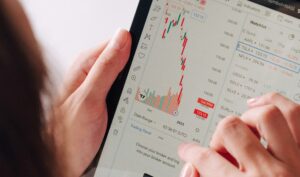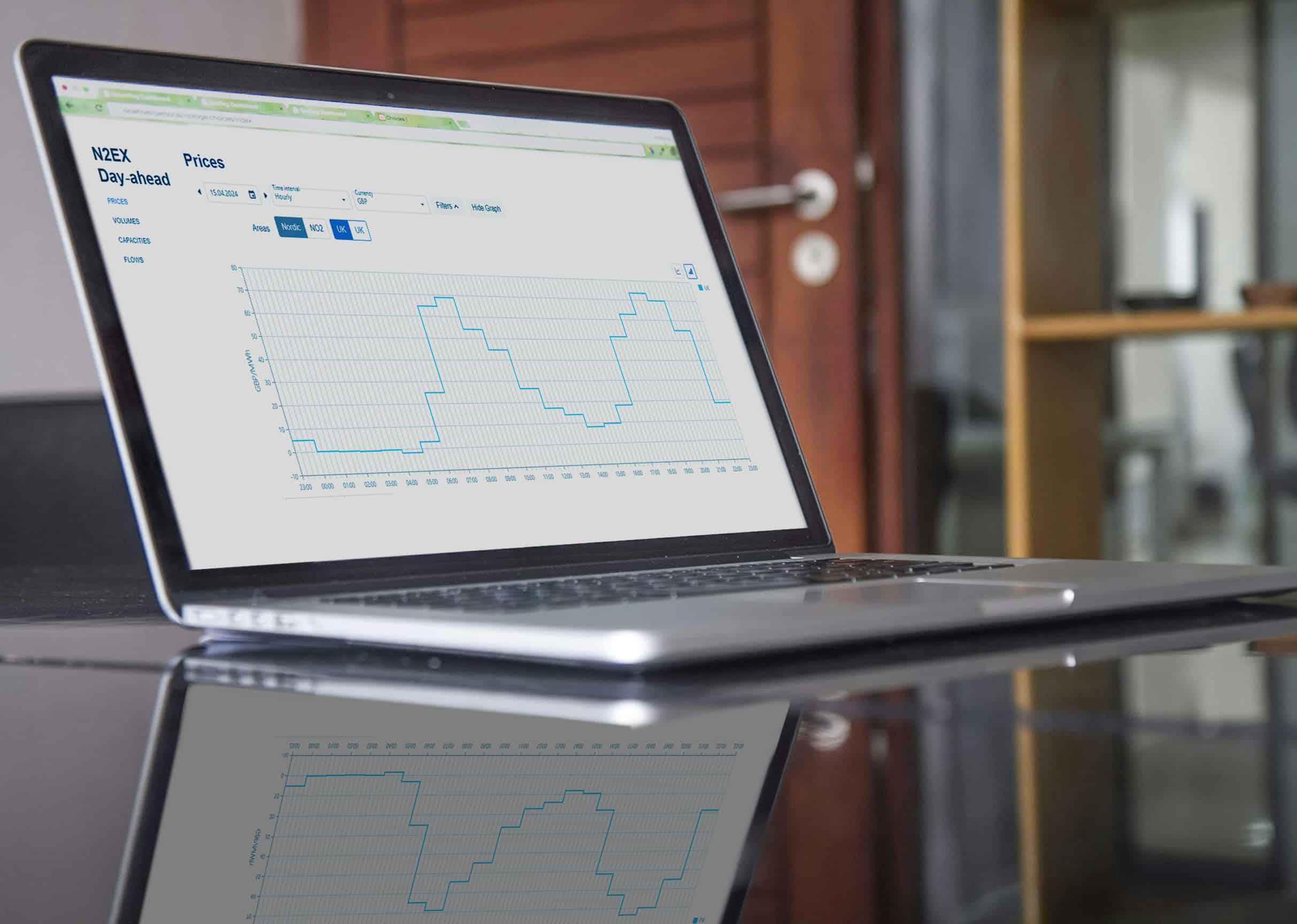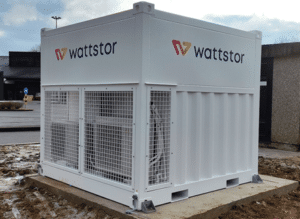Victims of their own success? Finding a sustainable solution to renewables cannibalisation
The level of penetration of weather-dependent renewables in our power mix is increasing rapidly worldwide. According to the latest data from the International Energy Agency, renewable electricity capacity additions reached 504 GW in 2023 – almost 50% higher than in the previous year – with wind and solar PV dominating investments.¹
The increased popularity of renewable power sources is great news for the planet. Renewables expansion is now on track to overtake coal in early 2025¹, and the COP28 goal of tripling renewable generation capacity seems within reach.
But could variable renewables become victims of their own success?
The role of renewables in electricity’s price setting
The expansion of wind and solar in our power mix means that renewables will play an increasingly important role in electricity’s price setting mechanisms.
Solar and wind power generators have high CapEx costs. However, because the fuel for these energy sources is generously provided by Mother Nature, once the CapEx costs have been paid producing a kWh of electricity is almost free and has zero marginal cost. This means that electricity from wind and solar ends up being remarkably cheaper than fossil-based electricity, particularly when it’s very sunny or windy. As a result, when renewables are at peak generation capacity, market prices plummet.
This phenomenon, termed the ‘cannibalization effect,’ can have such drastic consequences that prices drop below zero.

Getting paid to consume electricity can sound like a great deal for consumers, but it also means that the value of onsite renewable generation during these periods is considerably reduced. This is unless renewable energy is shifted away from periods of zero and negative wholesale prices, for example by storing part of this energy with available technologies, such as battery storage systems.
Will solar cannibalisation impact renewables investment?
While negative prices used to be a rare occurrence, they are now becoming increasingly common. In 2022, Germany registered 301 cases of hours in which utilities had to pay to give away electricity2, and more and more European countries have experienced negative prices in the first half 2023.3 For example, in 2023 20% of summer days in the Netherlands saw instances of negative pricing. 4
Cheaper wholesale electricity prices might sound like good news to consumers. However, there is increasing concern that the decreased profitability of renewables could stop or slow down investment, threatening net zero progress.
On the one hand, renewables cannibalisation is shrinking profit margins for energy generators. On the other, there’s no real financial incentive to install new renewable assets if you can get renewable electricity free from the grid.
In other words, what’s the rationale for investing in solar PV? And where’s the profit if they can’t sell the excess electricity they generate because there is no demand?
Investment in renewable energy does not seem to be slowing down just yet.5 However, as the penetration rate of solar and wind skyrockets, concerns are justified. And while some believe that a smart subsidies system might mitigate the consequences of solar cannibalisation,6 there is no guarantee that policy makers will act in this sense, or that these measures will be enough.
So, how can we make sure that renewable generation stays profitable and that investment in much-needed clean power sources doesn’t stagnate?
The solution from storage and flexibility
As the consequences of solar cannibalisation worsen, it is becoming clear that the business case for solar panels alone is getting more challenging. However, this doesn’t need to put a stop to renewable investment.
The solution lies in coupling weather-dependent renewables with battery storage, and making the most of volatility by effectively flexing energy use.
When solar PV or wind turbines are coupled with a correctly sized, DC-coupled battery storage solution, energy generators can make the most of their generation assets – gathering as much renewable electricity as possible to use it at a later time, when electricity prices are high. This prevents the excessive export of renewable electricity to the grid, while enabling generators to utilize their electricity onsite for running industrial processes, heating or cooling their premises, charging EVs, and more.
Harnessing AI for optimal energy generation, storage and usage
However, to reap the full benefits of solar and battery, generators need to have full visibility of current and future trends in the wholesale electricity market – and to adjust generation, storage and usage to the fluctuations of supply and demand.
This is where a smart, AI-based energy management system (EMS), like Podium, becomes essential. Thanks to its predictive capabilities, Podium can help to not only monitor real-time events, but also forecast what’s going to happen over the next few hours and days, both onsite and in the wholesale electricity market. This gives energy generators a great competitive advantage over companies that are using traditional EMSs – as well as a higher economic return.
And that’s not all. Wattstor’s in-house software team continuously improves Podium’s algorithms, enabling generators to stay abreast of the latest market changes.
Energy generators, by combining renewable assets, battery storage, and a powerful EMS, position themselves perfectly to make the most of price volatility – they use and store onsite-generated electricity at peak times and export it to the grid when it’s most convenient. This represents a smart solution to the cannibalisation effect: one that can reignite investment in renewable energy and bring us one step closer to reaching net zero.
To find out how we can design and build a renewable energy system on your premises – including generation assets, battery and Podium – with no CapEx costs, download our complete guide to onsite generation.
¹ https://www.iea.org/reports/renewables-2023/electricity
2 Data from EnAppSys.
3 https://www.theguardian.com/environment/weather-tracker-power-prices-dip-to-negative-in-europe/
4 https://www.spglobal.com/commodityinsights/en/ci/research-analysis/solar-cannibalization-in-europe/
5 https://www.iea.org/reports/world-energy-investment-2023/overview-and-key-findings
6 https://www.energymonitor.ai/policy/renewables-price-cannibalisation/
Know someone who'd be interested in this? Why not share it:

